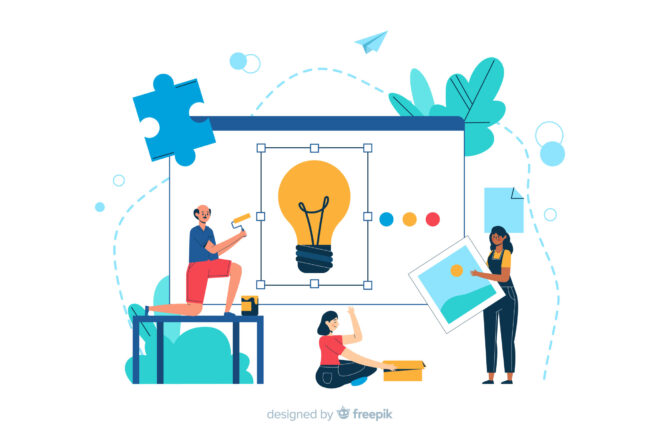In the realm of product development, the journey from concept to a successful market launch is rarely linear. Designers and manufacturers are faced with the challenge of creating products that not only meet initial expectations but also exceed them, adapting to the dynamic needs and preferences of consumers. One effective approach that has gained significant traction in recent years is iterative design combined with in-home testing. This strategy involves repeatedly refining and optimizing products based on real-world user feedback, leading to enhanced functionality, user experience, and overall success.
The Essence of Iterative Design
Iterative design is a philosophy that embraces constant refinement and improvement throughout a product’s lifecycle. Unlike the traditional “waterfall” approach, where development moves through distinct phases sequentially, iterative design encourages a cycle of ideation, testing, analysis, and refinement. This iterative process acknowledges that user needs and preferences evolve over time and that product development must adapt accordingly.
In-Home Testing: Bringing Realism to Product Development
In-home testing is a powerful tool that bridges the gap between controlled lab environments and the messy realities of everyday life. It involves placing products directly in the hands of consumers within their own homes. Also, allows designers and manufacturers to observe how their creations are integrated into daily routines and environments. In-home testing captures authentic user experiences and uncovers insights that traditional testing methods might miss.
The Iterative Design and In-Home Testing Symbiosis
The marriage of iterative design and in-home testing creates a powerful synergy that revolutionizes product development. Starting with an initial prototype based on design concepts, a diverse group of users tests it in their natural environment. Providing invaluable insights into usage patterns, challenges, unexpected use cases, and emotional reactions. Designers and engineers meticulously analyze this data to improve the product, using user feedback to make refinements ranging from minor adjustments to significant feature enhancements. This iterative cycle of refining and retesting in users’ homes repeats multiple times. Ultimately resulting in a highly polished and user-centric product.
Benefits of the Approach
The iterative design and concept testing approach brings a myriad of advantages, as integrating user feedback at different stages of development leads to an improved user experience, with the final product tailored to users’ preferences. This approach enables quick adaptation and swift response to changing user needs or unexpected challenges, ensuring the product’s relevance in a dynamic market. It also reduces risk by addressing issues early in development, and minimizing post-launch recalls or negative feedback. In-home testing validates design choices through data-driven insights and increases product success rates by being finely tuned to meet authentic user needs.
Real-World Examples
Iterative design and in-home testing have led to numerous success stories across various industries. Voice-activated smart home assistants have become more refined by observing user integration in daily routines. Resulting in better voice recognition, device integration, and user-friendly interfaces. Meanwhile, fitness wearables have improved due to real-world feedback, enhancing their tracking accuracy, and battery life. And offering more comfortable designs for different physical activities. Similarly, testing kitchen appliances like ovens and refrigerators within homes has illuminated usability problems, leading to the creation of more intuitive interfaces, enhanced energy efficiency, and the addition of smarter features.
Last words:
In conclusion, the iterative design and in-home testing approach represent a significant shift in product development philosophy. By continuously refining products based on real-world user experiences, designers and manufacturers can create products that truly resonate with consumers. This strategy not only enhances user satisfaction but also increases the likelihood of market success. As technology continues to advance, and user preferences evolve, the collaboration between iterative design and in-home testing will undoubtedly play a pivotal role in shaping the future of product development.









